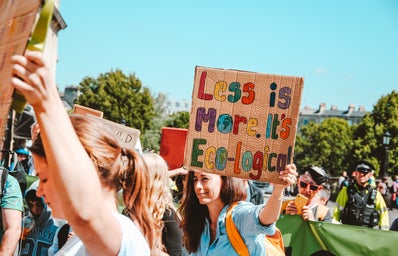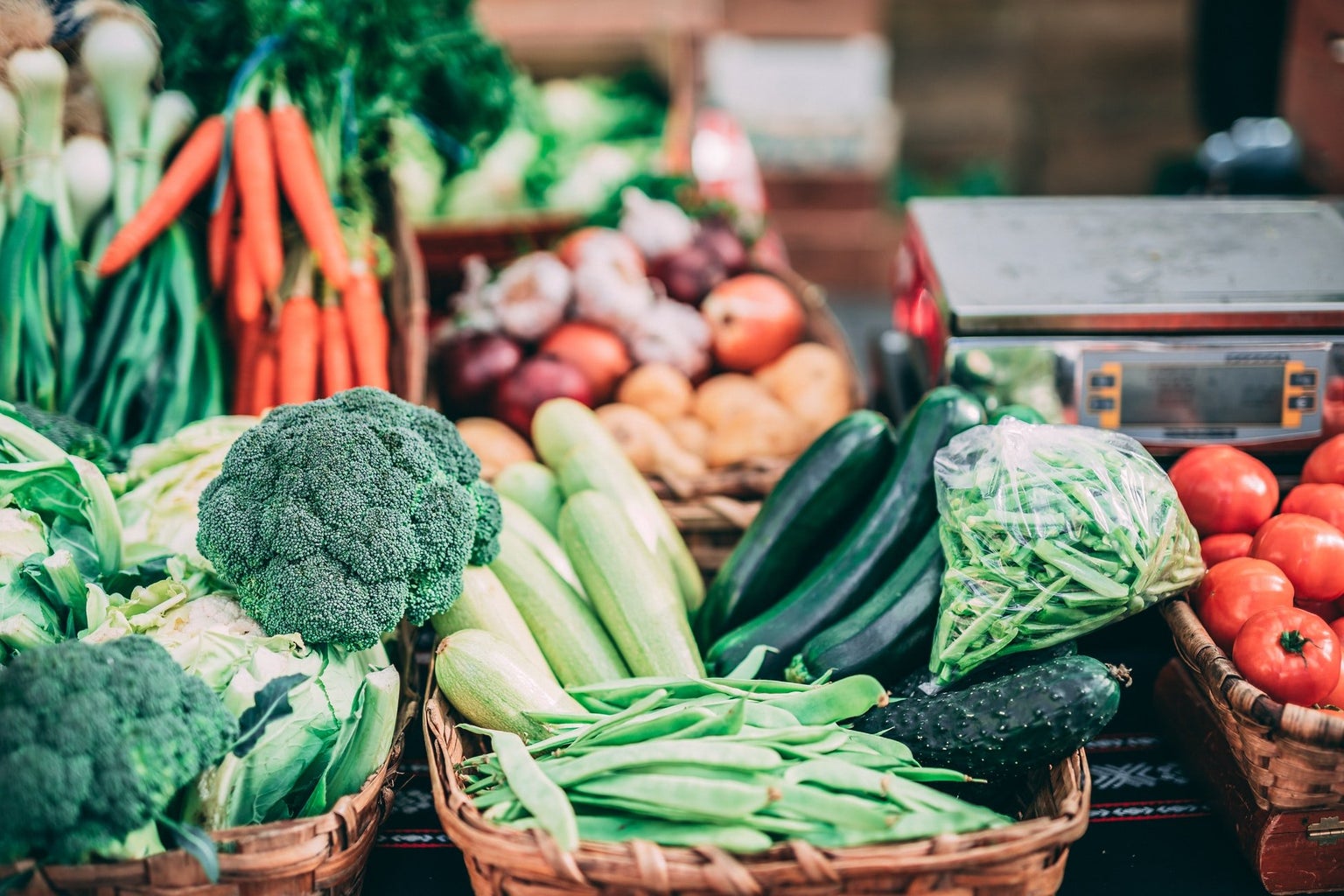A recent poll showed that 64% of adults want to live more sustainably but don’t do so as they believe that such a lifestyle is more expensive. The truth couldn’t be further than that. In my opinion, living an environmentally friendly lifestyle really shouldn’t cost you much or even anything at all.
Expensive sustainable products
But why do people have this impression? Take a quick scroll through Reformation and you’ll see that the average price of a piece of sustainable clothing is well over $100. Shopping package-free bulk foods may sound easy, until you realise the big down payment needed to even do so: To shop package-free, you’ll first need to purchase glass (God forbid if it is plastic) jars and containers. Comparing the price of Japanese white rice sold at a local bulk foods store, Scoops, with NTUC Fairprice: you’ll see that the rice from NTUC certainly offers more value-for-money, coming in with a price of $25 for a 5kg packet in contrast to $19.35 for 834g. With the exorbitant price point, it isn’t hard to see why people have the perception that sustainably living is only for the rich.
As the sustainability movement has gotten more traction and concerned consumers attempt to make changes to their habits in order to become more environmentally friendly, large corporations have caught on to the trend and capitalised on it to make more profit. Sustainable products used to be a niche market, but it is no longer the case with growing demand. This surge in demand and the commodification of sustainability means that companies have placed the burden of being more environmentally conscious on the consumer through advertising messages that emphasise the need for more products in order to live sustainably.
The aesthetic of sustainability
The rise of sustainable lifestyle influencers has also led to the over-emphasis on the need for products in order to live the picture-perfect zero waste lifestyle. Living sustainably is no longer just a lifestyle change one makes for the sake of reducing one’s carbon footprint, but it has become an aesthetic. Influencers who have significantly more spending power than the average Joe are dictating what it means and looks like to be environmentally friendly, which includes a pantry full of dry goods in matching glass jars, a wardrobe of clothes from Reformation or dining at an expensive vegan restaurant. This gives people the impression that perfect progress must be made and can only be achieved if you have the financial means.
Is sustainability only for the rich?
All the above trends have inevitably resulted in our perception of the cost of living more sustainably to be higher than it really is. The truth is, living more sustainably is not about having fancy products or making perfect progress all the time. The main goal is to reduce our carbon footprint to the best of our abilities. While sustainable products do help to minimise our carbon footprint, there are habits that we can incorporate into our routines that cost way less or even little-to-no money that are also more impactful.
Here are some ways we can be more sustainable on a budget:
- Sustainable clothing vs thrifting
If buying sustainable clothing is too expensive, there are still ways to refresh your wardrobe while saving the Earth, without burning a hole in your pocket! Thrifting is the obvious way to go here, and you can choose to shop in local thrift shops, charity shops or even on Carousell! Besides that, you can also consider exchanging clothes for new ones with friends, relatives or through clothes swapping platforms such as Refash or Swapaholic.
- Buying new jars vs using ones you already have
If you’re considering buying your pantry items in bulk, there’s no need to buy new jars to do so, just use containers that you already have! Now, it might seem like a ‘duh’ thing to do, but advertising and trendy sustainable products have unfortunately led to people’s need to have the perfect pantry with matching jars sets and what not. So let’s not fall into that trap, and just make do with what we have. Sure, the pantry may not look as aesthetically pleasing, but mismatched jars and containers still serve the same purpose.
- Expensive salad bowls vs food from the hawker
Living sustainably also means eating certain foods and avoiding others to reduce our carbon footprint. Again, with zero-waste influencers always advocating for a vegan diet and salad bowls, we might think that those are the only options available. However, there are meatless options in our hawker centres that we can go for that are much cheaper. Caifan (economic rice) is always a budget-friendly meal (even more so when you’re going meatless).
So no, sustainability isn’t only for the rich. Even if we are financially constrained, we can all play our part in saving our planet. Most importantly, we don’t need to take perfect steps in order to contribute to the health of our planet; what’s more crucial is that we start somewhere and continue doing so, even if there are ups and downs in our journey. Now, you’ll have one less excuse not to be more sustainable this year!



